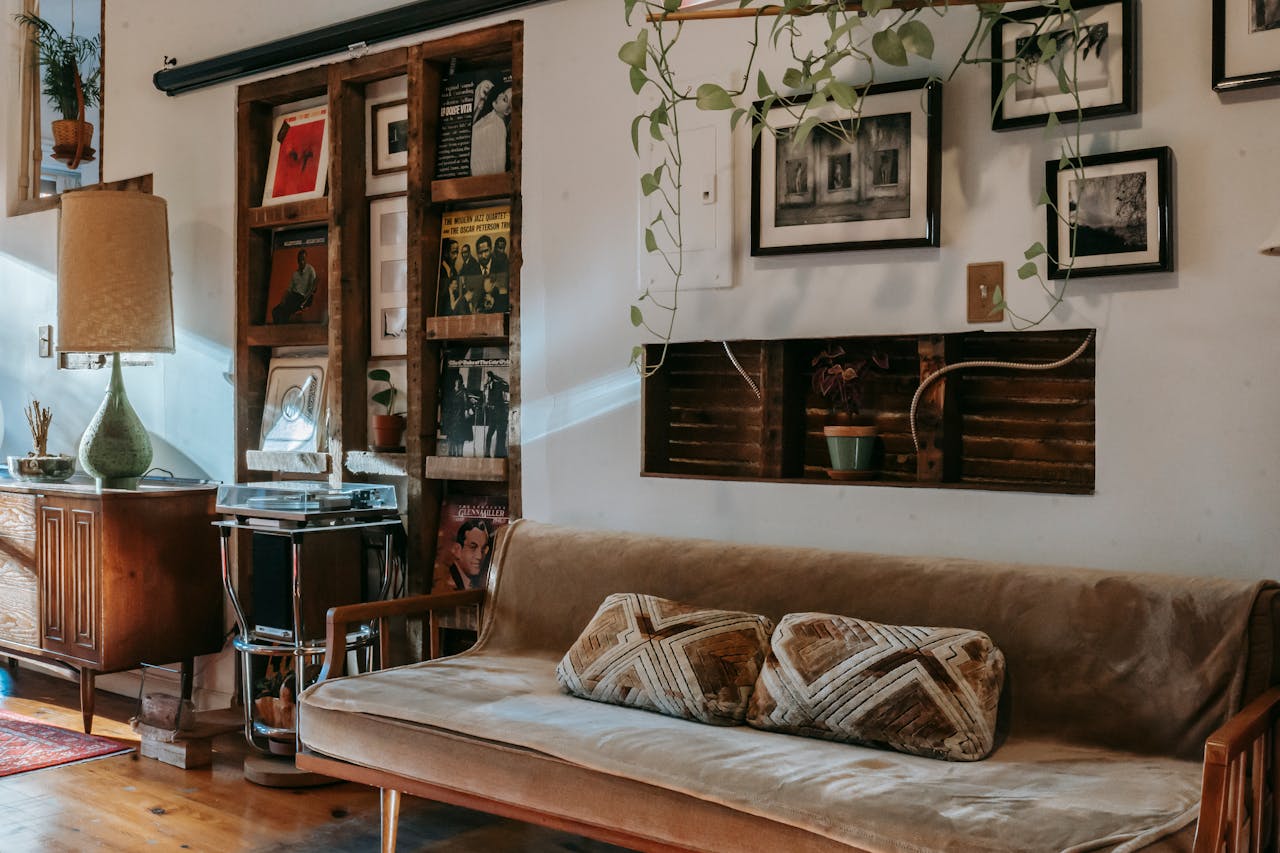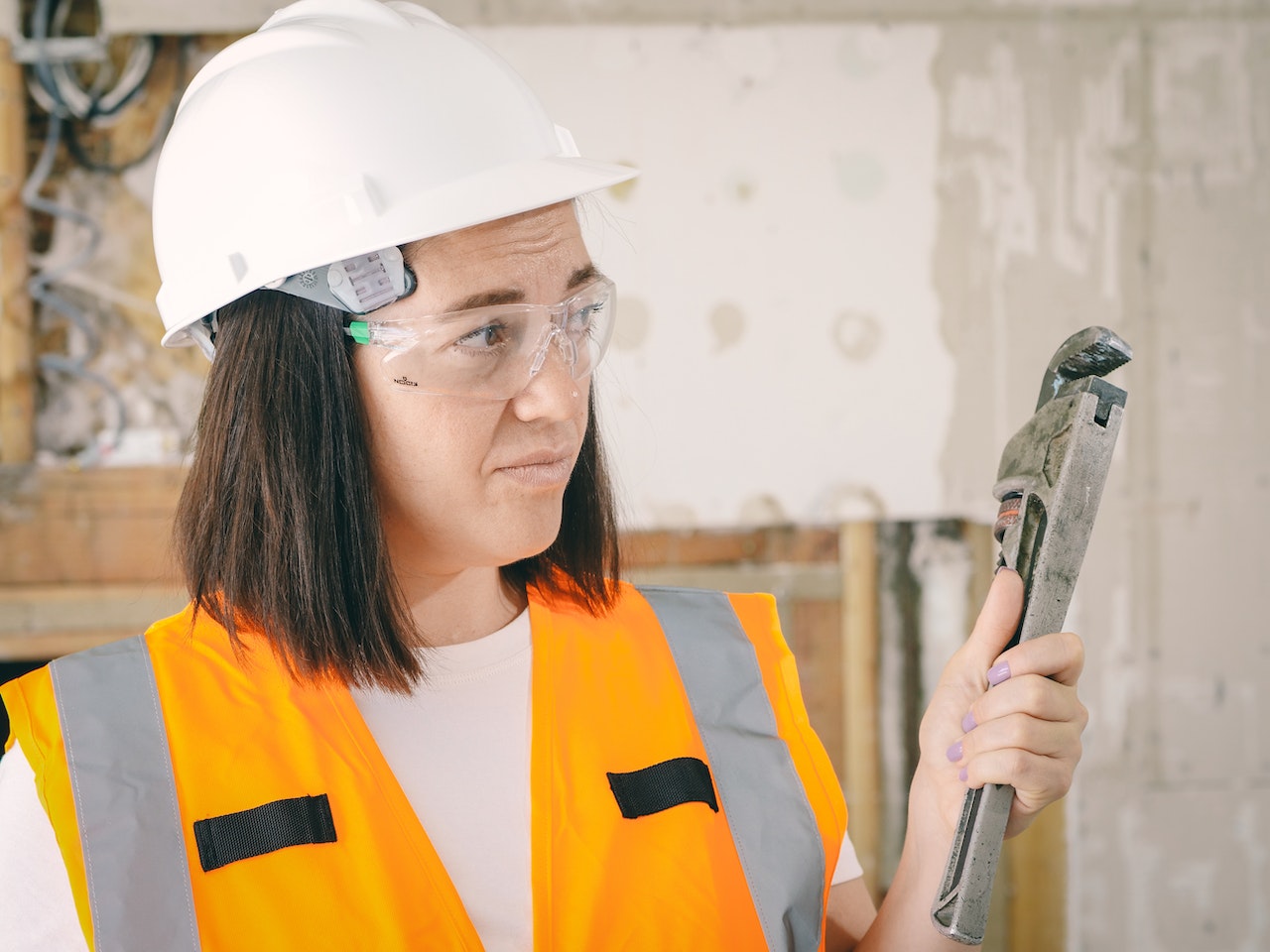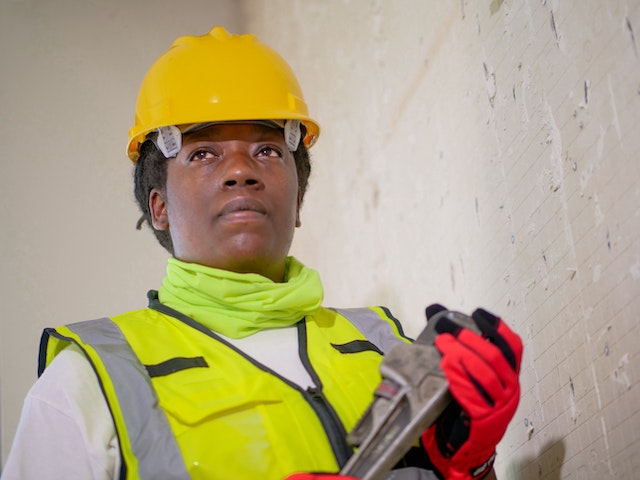The Psychology Behind Bohemian Interior Style: Why It Feels So
Imagine stepping into a space that wraps you in warmth, invites creativity, and whispers of adventure. See, understanding eclectic vs bohemian style can help you create an environment that inspires and energizes you every day. Bohemian interior style does just that. It’s more than just an aesthetic; it’s a lifestyle rooted in freedom and self-expression.
With its vibrant colors, eclectic decor, and natural elements, the boho look creates a sanctuary for the soul. But have you ever wondered why this style feels so good? The psychology behind it offers some fascinating insights. Let’s explore how bohemian interiors can uplift your spirit and transform your living space into something truly special.
Connection to Nature Lowers Stress
Surrounding ourselves with natural elements has a profound impact on our mental health. Bohemian style embraces this connection beautifully, often incorporating plants, wood, and earthy tones. Greenery brings life into a room. It’s known to reduce stress levels and improve overall mood. Just looking at lush leaves can evoke feelings of calmness. Natural materials like jute, cotton, and bamboo add warmth to the space. These textures invite tactile experiences that ground us in the present moment. Light plays an essential role too. Think large windows letting in sunlight or soft candlelight flickering during quiet evenings. This gentle illumination enhances relaxation.

Personal Collections Boost Happiness
Personal collections often serve as a window into our passions and experiences. Whether it’s vintage postcards, unique pottery, or eclectic art pieces, they give us joy when we see them displayed at home. Each item tells a story. It may remind you of a cherished trip or the thrill of finding that perfect treasure at an antique shop. These memories evoke warmth and happiness every time you walk by. Curating your personal collection allows for self-expression. It’s about surrounding yourself with what resonates deeply within you. The vibrant colors and textures invite positivity into your space. Moreover, sharing these collections can foster connections with others who have similar interests.
Soft Textures Promote Relaxation
Soft textures play a crucial role in creating a serene environment. Imagine sinking into a plush sofa or wrapping yourself in a cozy knitted throw. These tactile elements instantly evoke feelings of comfort and warmth. Incorporating various fabrics can transform your space. Choose velvety cushions, shaggy rugs, or silken curtains to invite touch and create layers of coziness. Each texture brings its own unique vibe that adds depth to the decor. The beauty of the bohemian style lies in its eclectic mix. Combine different materials, think linen alongside wool or cotton paired with jute, to stimulate not only your senses but also your emotions. When you embrace soft textures, you’re inviting relaxation into your home.
Global Influences Stimulate Creativity
Bohemian interior design thrives on global influences. It borrows colors, patterns, and materials from various cultures. This eclectic mix creates a visual feast that sparks the imagination. Imagine Moroccan lanterns casting intricate shadows or Indian textiles draping gracefully over furniture. Each piece tells a story, connecting you to distant lands and traditions. Such diversity ignites curiosity and encourages exploration. Incorporating elements from around the world invites creativity into your space. The vibrant hues of Peruvian rugs can inspire an art project, while Japanese minimalism might motivate you to declutter your thoughts as well as your home.

How to Adapt Boho Style to Your Home
Adapting the Bohemian style to your home can be a joyful journey. Start by embracing natural materials. Think of wood, rattan, or jute for furniture and decor. Then, bring plants into your space. They add life and freshness while purifying the air around you. Mix textures like woven rugs with soft pillows in vibrant patterns. Personal collections are essential in creating a unique boho vibe. Display items from travels or meaningful souvenirs on shelves or walls. Each piece tells a story and adds character to your space. Let creativity flow through art pieces, be it …






 Your safety and your family’s safety should be your number one priority after a storm. If you have any doubts about the stability of your home, evacuate immediately and go to a safe location. Once you’re sure that everyone is safe, you can start to assess the damage to your property. If there are downed power lines on or near your property, do not try to remove them yourself. Call the utility company to have them removed as soon as possible. If you stayed in your home during the storm, check for any damage that may have occurred.
Your safety and your family’s safety should be your number one priority after a storm. If you have any doubts about the stability of your home, evacuate immediately and go to a safe location. Once you’re sure that everyone is safe, you can start to assess the damage to your property. If there are downed power lines on or near your property, do not try to remove them yourself. Call the utility company to have them removed as soon as possible. If you stayed in your home during the storm, check for any damage that may have occurred. After ensuring your safety, it’s best to look around your property and see what kind of damage has been done. If there are any fallen trees, large branches, or debris, it’s essential to remove them as soon as possible. This will prevent further damage to your home and ensure that everyone stays safe. Once you’ve removed the larger pieces of debris, you can start to assess the damage to your home. If there are any broken windows, holes in the roof, or water damage, it’s essential to call a professional to help you repair the damage.
After ensuring your safety, it’s best to look around your property and see what kind of damage has been done. If there are any fallen trees, large branches, or debris, it’s essential to remove them as soon as possible. This will prevent further damage to your home and ensure that everyone stays safe. Once you’ve removed the larger pieces of debris, you can start to assess the damage to your home. If there are any broken windows, holes in the roof, or water damage, it’s essential to call a professional to help you repair the damage. Once everything is repaired, you’ll want to take some time to clean up your yard. It may include removing any fallen branches, raking up leaves, and cleaning out gutters. If you have any damage to your landscaping, you may need a professional tree service and landscaper to help you repair it. Taking the time to clean up your yard will help keep your home looking its best and prevent further damage. After taking these steps, your home will be on the road to recovery after a storm. While it’s never fun to deal with the aftermath of a storm, it’s essential to take care of your home and make sure that everyone is safe.…
Once everything is repaired, you’ll want to take some time to clean up your yard. It may include removing any fallen branches, raking up leaves, and cleaning out gutters. If you have any damage to your landscaping, you may need a professional tree service and landscaper to help you repair it. Taking the time to clean up your yard will help keep your home looking its best and prevent further damage. After taking these steps, your home will be on the road to recovery after a storm. While it’s never fun to deal with the aftermath of a storm, it’s essential to take care of your home and make sure that everyone is safe.…
 Before you start looking at systems, you need to know how many people will be served by the system and the recommended flow rate for that number of people. The last thing you want is to end up with a system that can’t provide enough filtered water for your needs. Flow rate is generally measured in gallons per minute (GPM), and you’ll want to choose a system with a flow rate that meets or exceeds the recommended amount for the number of people it will be serving.
Before you start looking at systems, you need to know how many people will be served by the system and the recommended flow rate for that number of people. The last thing you want is to end up with a system that can’t provide enough filtered water for your needs. Flow rate is generally measured in gallons per minute (GPM), and you’ll want to choose a system with a flow rate that meets or exceeds the recommended amount for the number of people it will be serving.
 Chandeliers can add a touch of elegance to any room. If your living room looks a bit dull, consider purchasing a chandelier. You can find chandeliers at most home improvement stores or online. Just be sure to measure your living room before you purchase one so that you know what size will fit best. Chandeliers can give good lighting to your living room and also give a luxurious feel. You can find chandeliers at a thrift store or even online if you are on a budget.
Chandeliers can add a touch of elegance to any room. If your living room looks a bit dull, consider purchasing a chandelier. You can find chandeliers at most home improvement stores or online. Just be sure to measure your living room before you purchase one so that you know what size will fit best. Chandeliers can give good lighting to your living room and also give a luxurious feel. You can find chandeliers at a thrift store or even online if you are on a budget. If your living room has a worn-out or outdated rug, consider replacing it. Rugs can really help tie a room together, making a big impact. You can find rugs at most home goods stores or online. Be sure to measure your living room before you purchase a rug to know what size will fit best. One mistake many people make is buying a rug that is too small for their space. A rug that is too small will make your room look unfinished. Whether you’re looking to give your living room a total overhaul or just want to make a few small changes, these tips will help you get started.
If your living room has a worn-out or outdated rug, consider replacing it. Rugs can really help tie a room together, making a big impact. You can find rugs at most home goods stores or online. Be sure to measure your living room before you purchase a rug to know what size will fit best. One mistake many people make is buying a rug that is too small for their space. A rug that is too small will make your room look unfinished. Whether you’re looking to give your living room a total overhaul or just want to make a few small changes, these tips will help you get started.
 Buying a house can be the most expensive and most significant investment. So, you’d better consider your savings and financial health. You can also make it easier by setting a budget. Make sure you have a list of the features, amenities, and prices you want from home. Another thing to consider is the price. It would help if you considered buying a home that you can afford with 10% of your savings. So, the price should be around $800,000 if you have $8,000,000 in your savings. The more savings the better.
Buying a house can be the most expensive and most significant investment. So, you’d better consider your savings and financial health. You can also make it easier by setting a budget. Make sure you have a list of the features, amenities, and prices you want from home. Another thing to consider is the price. It would help if you considered buying a home that you can afford with 10% of your savings. So, the price should be around $800,000 if you have $8,000,000 in your savings. The more savings the better. It’s also essential to make sure you buy a home in a safe neighborhood. It is dangerous to choose a home in a community where people are not friendly. Some areas have been labeled a no-go zone for non-locals or foreigners due to the high crime rate and safety problems. You need to know what kind of environment you will be living in before buying any house there. You can go online then search for information on the crime rate of the area.
It’s also essential to make sure you buy a home in a safe neighborhood. It is dangerous to choose a home in a community where people are not friendly. Some areas have been labeled a no-go zone for non-locals or foreigners due to the high crime rate and safety problems. You need to know what kind of environment you will be living in before buying any house there. You can go online then search for information on the crime rate of the area. When you think your financial health is not good enough for buying a house, you can make your life a lot easier by getting pre-approved for a mortgage. You can apply online or visit your bank and fill out some documents to issue you with a pre-approval letter which will come to the seller of the house about how much money he can expect from you as soon as you buy his house. Finding the right house can be a daunting task. From picking out neighborhoods to figuring out which home is best for your family, it’s easy to get overwhelmed by all of the factors that go into making this decision.
When you think your financial health is not good enough for buying a house, you can make your life a lot easier by getting pre-approved for a mortgage. You can apply online or visit your bank and fill out some documents to issue you with a pre-approval letter which will come to the seller of the house about how much money he can expect from you as soon as you buy his house. Finding the right house can be a daunting task. From picking out neighborhoods to figuring out which home is best for your family, it’s easy to get overwhelmed by all of the factors that go into making this decision.